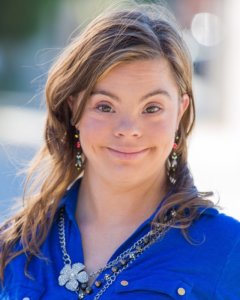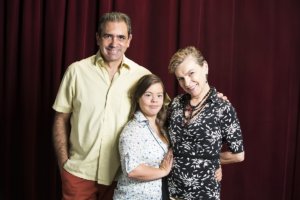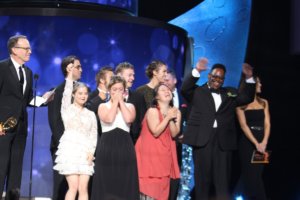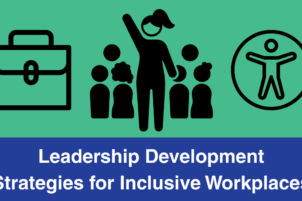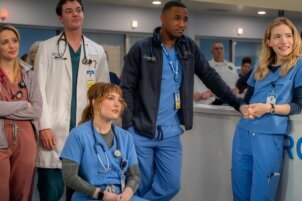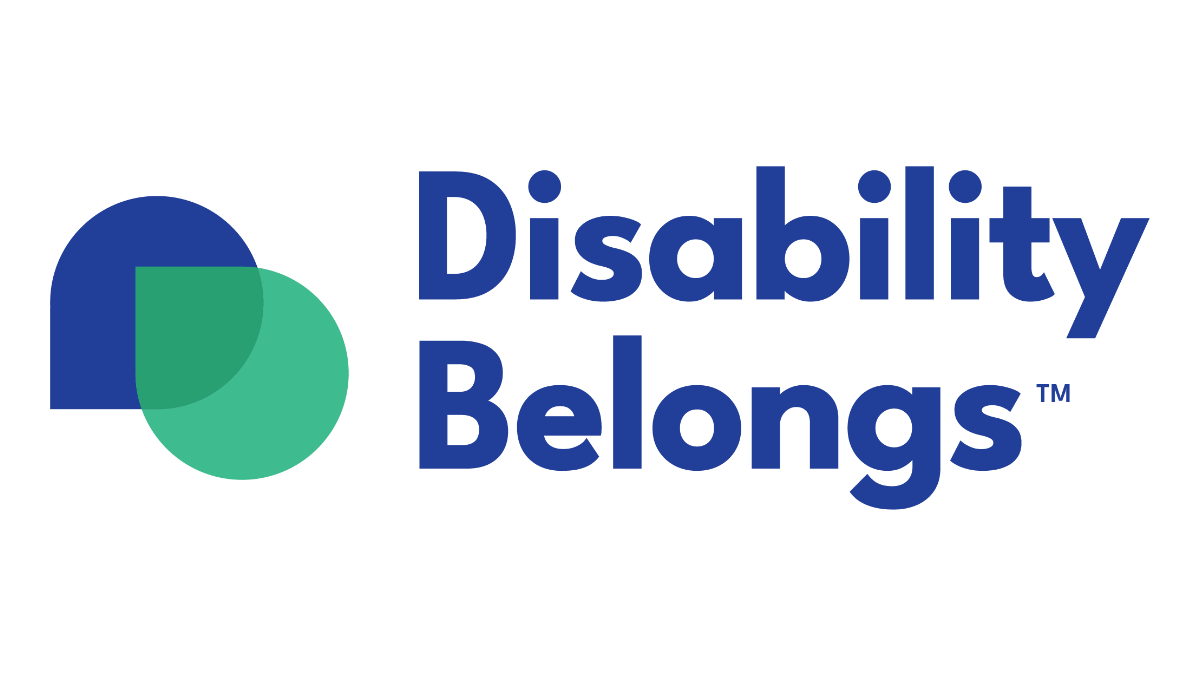Honoring Women with Disabilities During Women’s History Month
Fans of the hit A&E docu-series Born this Way know Cristina Sanz as a lovable, fun and family-oriented dancer and romantic. In 2016, Sanz became the first Hispanic woman with a disability as part of an ensemble cast to be on an Emmy award-winning show. In 2018, she shattered stigmas by getting married to her longtime fiancé Angel Callahan.
The two already had been dating for five years before the show premiered. Their desire to live an independent life together – and get married – was a consistent plot line throughout the show. The first season ended with their engagement; the fourth season finale was an hour-long episode featuring the wedding between these two individuals with developmental disabilities.
“I wanted to show everyone that you can have a disability and get married,” Sanz told People magazine.
Her wedding, moving out on her own and working at two jobs, are things her parents never imagined as Cristina was growing up.
“I will not wake up waiting for my daughter to come back from a date like my mother did for me,” her mother, Beatriz Sanz, said she used to think. But, Sanz was the first of her siblings to get married.
The Sanz family is heritage-oriented. Originally from Spain, they frequently are shown cooking Spanish dishes, speaking Spanish and dancing to Latin music in their kitchen and living rooms.
Her father, Mariano Sanz, recently spoke with Ability Magazine about how his daughter and the cast of Born this Way have shown the world what he understands as a father of a girl with disabilities – that they are all different and their families, as well as other families of kids with Down syndrome, now have a lot to look forward to.
“One of the things, that I’m hoping is coming across from the show is how different they all are. You know, sometimes, people pre-judge Down syndrome and they lump everyone who has Down syndrome into one kind of person. And yes, they’re all beautiful children, they’re angels, they’re marvelous, and sometimes we get the feeling that they’re all the same. And they’re not. They’re not the same. They are very different from each other and they have their own personalities and you know, the families who are having kids with Down syndrome right now who are very young, the families in this new generation growing up, they have a lot to look forward to,” Mariano Sanz said.
While studies show many people within the Hispanic and other communities do not publicly discuss their own or a child’s disability due to negative stigmas, Sanz and her parents lead by example by allowing television viewers to watch her life unfold on TV. Therefore, she is an important example of RespectAbility’s #RespectTheAbility campaign, which features people with disabilities who succeed in their chosen career.
When disability is depicted in pop culture, it tends to be all white. Real story telling requires exploring people of all backgrounds. In addition, far too many Hispanics and Latinos in America who have a developmental disability are not receiving the diagnosis, school accommodations and high expectations they need to succeed. Today only 65 percent of students with disabilities graduate high school and only seven percent complete college.
“[Born This Way] tells our stories, our dreams,” Sanz said. “People can see that our lives are most of the time very typical. People with disabilities have jobs, fall in love, have businesses and enjoy time with friends.”
Just 34.6 Percent of Working-Age Women with Disabilities Are Employed
More than 20.9 million women live with a disability in the U.S., including more than 10.2 million of which are working-age (18-64).
Fully one-in-five Americans have a disability and studies show that most of them want to work. Yet 70 percent of working-age Americans with disabilities are outside of the workforce. Only 34.6 percent of working-age women with disabilities (3.5 million) are employed in the U.S. compared to 82.5 percent of working-age women without disabilities. This is in line with the rest of the country, with fully one-in-four American adults having a disability just 37 percent of those who are working-age being employed, despite polls showing that most of them want to work. This leads to approximately 22.6 percent of women with disabilities living in poverty compared to 14.7 percent of women without disabilities.
There are more than 5,193,522 Latinx/Hispanics living with a disability in the U.S. Out of more than 2,887,953 working-age Latinx/Hispanics with disabilities, barely 1,114,614 have jobs. Just 38.6 percent of Latinx/Hispanic Americans with disabilities ages 18-64 living in the community have a job, compared to 79.1 percent of Latinx/Hispanics without disabilities. Sanz is proof that this does not have to be the norm.
Leading the Way
Our nation’s economy is strongest when it is inclusive of the value that diverse talent brings to the workplace. Harriet Tubman had epilepsy, performer Selena Gomez lives with lupus, business leader and Shark Tank superstar Barbara Corcoran is dyslexic and gymnast Simone Biles has ADHD. Each of them, like Sanz, is a positive role model for success.
Sanz works for her dad’s school as well as at a senior center. Our nation’s economy is strongest when it is inclusive of the value that diverse talent brings to the workplace. Celebrities like Sanz are making a difference.
“What Cristina really inspired us, is that we want to focus on the abilities of everybody – not what people can’t do, but what they can do,” Elaine Hall, founder of the Miracle Project, said.
Research assistance from RespectAbility Fellow Theresa Maher.


